Comments to dave
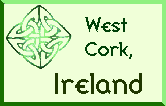
|
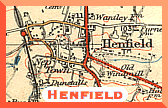
|
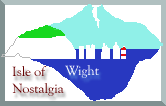
|
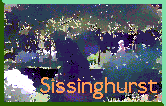
|
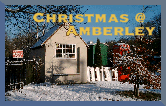
|
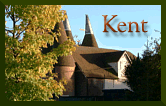
|
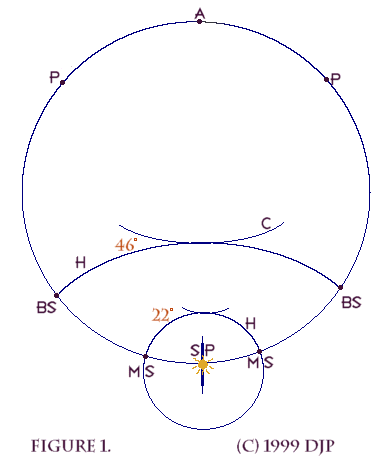
The sun can give rise to a wide variety of optical effects. These are caused by reflections from water droplets or more especially ice crystals. Ice crystals form cirrus cloud, and cirrostratus, a layer of cirrus, is therfore the most likely cloud to give rise to these effects. Rain can also lead to optical effects (see the rainbow below). Figure 1 shows how a series of halo's around the sun can combine to form a wide variety of effects. See the key below:
SP - Sun pillar
MS - Mock sun
H - Halo
BS - Bright spot (parhelia) - see photo below
C - Circumzenithal arc (a rainbow effect, upside-down)
P - Paranthelia (bright spots)
A - Antihelion - a very bright spot opposite the sun
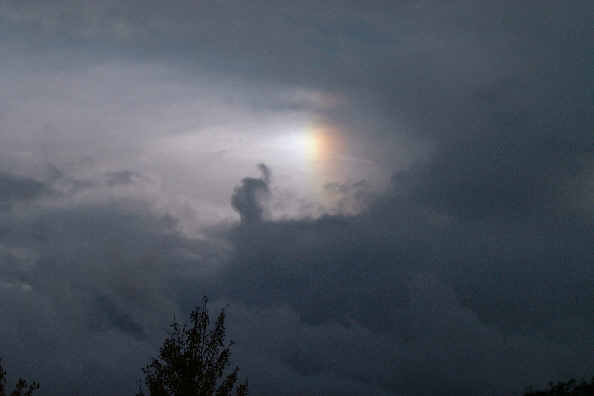
This is a superb example of Parhelia. There is a gap in the low cloud allows us to see through to the upper layer of cirrostratus.

A 22 degree halo. These are fairly common but sometimes difficult to observe close to the sun. The observer needs to take extreme care to avoid eye damage (or camera damage!). This halo can sometimes be seen around the moon.
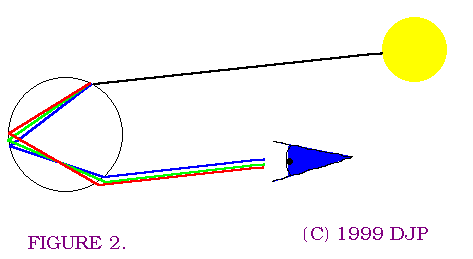
A rainbow if formed when light from the sun hits a raindrop. The light is first refracted into the component colours, then reflected from the back of the raindrop. A final refraction takes place before the light returns to the observer (at an angle of about 42 degrees). Sometimes a less intense secondary rainbow is formed. Note the colours are reversed. This is because the initial angle of refraction is different, but allows two reflections before exiting (this time at about 50 degrees). Some other angles of sun hitting the drop can theoretically form rainbows with multiple reflections, however most light is lost and these are rarely observed. Note from the photograph below how dark it is between the primary and secondary rainbows - where the light is being reflected elsewhere.
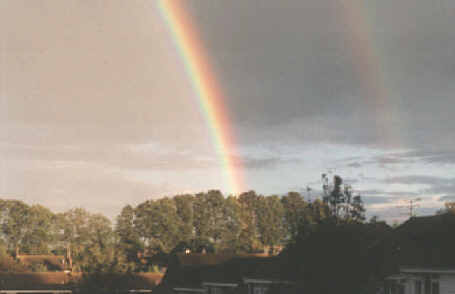
This photograph shows the effects predicted above - the reversed colours, the brighter primary rainbow and the darker area between the two arcs.

|

|

|

|

|

|